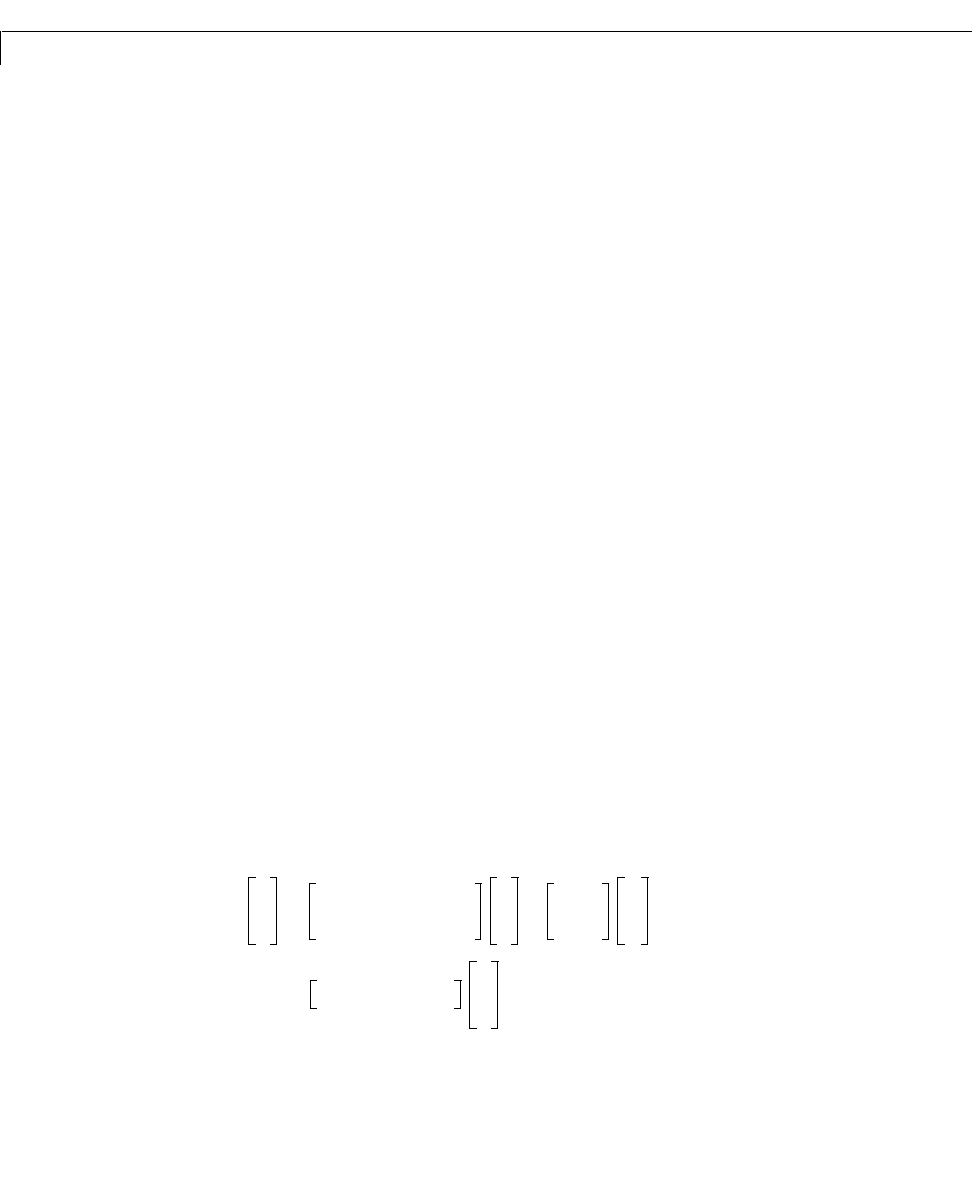Specifications
Table Of Contents
- Introduction
- LTI Models
- Operations on LTI Models
- Model Analysis Tools
- Arrays of LTI Models
- Customization
- Setting Toolbox Preferences
- Setting Tool Preferences
- Customizing Response Plot Properties
- Design Case Studies
- Reliable Computations
- GUI Reference
- SISO Design Tool Reference
- Menu Bar
- File
- Import
- Export
- Toolbox Preferences
- Print to Figure
- Close
- Edit
- Undo and Redo
- Root Locus and Bode Diagrams
- SISO Tool Preferences
- View
- Root Locus and Bode Diagrams
- System Data
- Closed Loop Poles
- Design History
- Tools
- Loop Responses
- Continuous/Discrete Conversions
- Draw a Simulink Diagram
- Compensator
- Format
- Edit
- Store
- Retrieve
- Clear
- Window
- Help
- Tool Bar
- Current Compensator
- Feedback Structure
- Root Locus Right-Click Menus
- Bode Diagram Right-Click Menus
- Status Panel
- Menu Bar
- LTI Viewer Reference
- Right-Click Menus for Response Plots
- Function Reference
- Functions by Category
- acker
- allmargin
- append
- augstate
- balreal
- bode
- bodemag
- c2d
- canon
- care
- chgunits
- connect
- covar
- ctrb
- ctrbf
- d2c
- d2d
- damp
- dare
- dcgain
- delay2z
- dlqr
- dlyap
- drss
- dsort
- dss
- dssdata
- esort
- estim
- evalfr
- feedback
- filt
- frd
- frdata
- freqresp
- gensig
- get
- gram
- hasdelay
- impulse
- initial
- interp
- inv
- isct, isdt
- isempty
- isproper
- issiso
- kalman
- kalmd
- lft
- lqgreg
- lqr
- lqrd
- lqry
- lsim
- ltimodels
- ltiprops
- ltiview
- lyap
- margin
- minreal
- modred
- ndims
- ngrid
- nichols
- norm
- nyquist
- obsv
- obsvf
- ord2
- pade
- parallel
- place
- pole
- pzmap
- reg
- reshape
- rlocus
- rss
- series
- set
- sgrid
- sigma
- sisotool
- size
- sminreal
- ss
- ss2ss
- ssbal
- ssdata
- stack
- step
- tf
- tfdata
- totaldelay
- zero
- zgrid
- zpk
- zpkdata
- Index

step
16-216
All systems must have the same number of inputs and outputs but may
otherwise be a mix of continuous- and discrete-time systems. This syntax is
useful to compare the step responses of multiple systems.
You can also specify a distinctive color, linestyle, and/or marker for each
system. For example,
step(sys1,'y:',sys2,'g--')
plots the step response of sys1 with a dotted yellow line and the step response
of
sys2 with a green dashed line.
When invoked with output arguments,
[y,t] = step(sys)
[y,t,x] = step(sys) % for state-space models only
y = step(sys,t)
return the output response y, the time vector t used for simulation, and the
state trajectories
x (for state-space models only). No plot is drawn on the
screen. For single-input systems,
y hasasmanyrowsastimesamples(length
of
t), and as many columns as outputs. In the multi-input case, the step
responses of each input channel are stacked up along the third dimension of
y.
The dimensions of
y are then
and
y(:,:,j) gives the response to a unit step command injected in the jth
input channel. Similarly, the dimensions of
x are
Example Plot the step response of the following second-order state-space model.
length of
t()
number of outputs
()
number of inputs
()××
length of
t()
number of states
()
number of inputs
()××
x
·
1
x
·
2
0.5572– 0.7814–
0.7814 0
x
1
x
2
11–
02
u
1
u
2
+=
y
1.9691 6.4493
x
1
x
2
=










